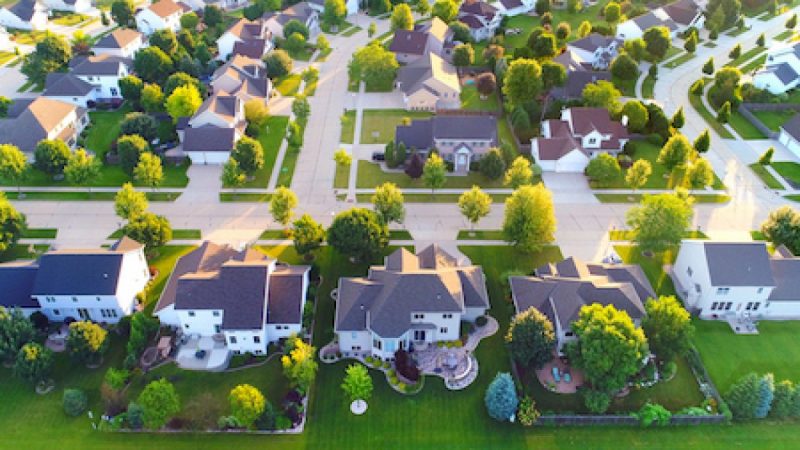Higher home prices nationwide are hitting buyers’ pocketbooks. Eighty-eight percent of 161 metros tracked by the National Association of REALTORS® posted double-digit price increases annually in the fourth quarter of 2020. That marks a jump from 115 metros that posted such growth in the third quarter.
The national median existing-home price jumped nearly 15% on a year-over-year basis in the fourth quarter to $315,900, NAR reports. All major regions of the country saw double-digit year-over-year price growth. The Northeast led with a 20.7% year-over-year hike, followed by the West at 15.5%, the Midwest at 15.1%, and the South at 14%.
The higher home prices may help sellers but are detrimental to buyers, says NAR Chief Economist Lawrence Yun. “The average working family is struggling to contend with home prices that are rising much faster than income,” he says. “This sidelines a consumer from becoming an actual buyer, causing them to miss out on accumulating wealth from homeownership.”
Yun says that low mortgage rates are helping to offset higher prices for some buyers. Freddie Mac reported Thursday that the 30-year fixed-rate mortgage averaged 2.73%, continuing to hover around record lows—and that’s driving buyer demand, Yun says. “At the same time, inventory levels also reached record lows, leading to grim inventory conditions of insufficient supply in the fourth quarter.”
The largest annual home price gains in the fourth quarter were in:
- Bridgeport, Conn. (39.2%)
- Pittsfield, Mass. (32.2%)
- Atlantic City, N.J. (30.0%)
- Naples, Fla. (29.9%)
- Barnstable, Mass. (28.9%)
- Crestview, Fla. (28.6%)
- Boise City, Idaho (27.1%)
- Binghamton, N.Y. (24.4%)
- Kingston, N.Y. (24.2%)
- Spokane, Wash. (23.6%).
Destination sites, such as Atlantic City, Barnstable, and Naples, along with small towns within driving distance from major cities, such as Binghamton and Kingston, all saw large price increases. NAR says there is strong demand for vacation homes and affordable homes during the pandemic. “Although tourism took a major hit overall throughout 2020, our data shows that vacation housing still did well in terms of sales,” Yun says. “Many people purchased in these areas because they found themselves with new work-from-home freedoms.”
Eight metros in the West and two in the East comprised the 10 priciest metros in the fourth quarter.
- San Jose, Calif.: $1.4 million (median home price)
- San Francisco: $1.14 million
- Anaheim, Calif.: $935,000
- Honolulu: $902,500
- San Diego: $740,000
- Los Angeles: $688,700
- Boulder, Colo.: $661,300
- Seattle: $614,700
- Nassau, N.Y.: $591,600
- Boston: $579,100
On average, families spent 14.8% of their income on mortgage payments based on a median family income of $84,313 in the fourth quarter (factoring in a 20% down payment). Due to higher home prices, average monthly mortgage payments increased to $1,040 from $1,020 a year ago.
In seven metro areas, NAR’s study found that a family needed more than $100,000 in annual income to purchase a house. Those markets were:
- San-Jose-Sunnyvale, Calif. ($222,989)
- San Francisco ($181,576)
- Anaheim, Calif. ($148,925)
- Honolulu ($143,748)
- San Diego ($117,865)
- Los Angeles ($109,694)
- Boulder, Colo. ($105,330)













